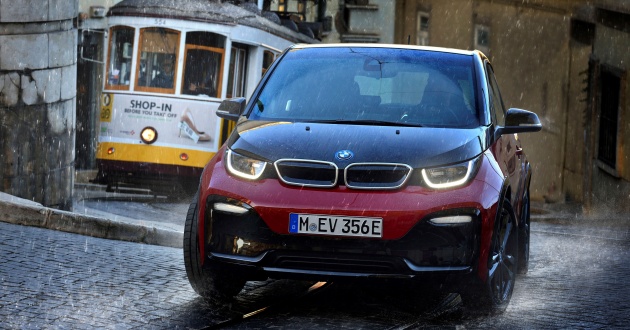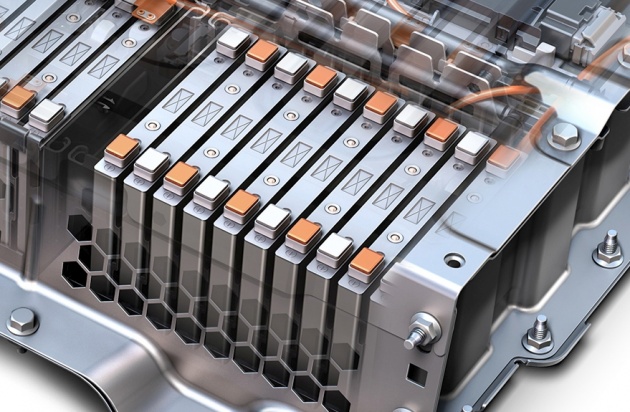A team of engineers at the University of Texas at Austin have developed the first all-solid-state battery cells, which could lead to safer, faster-charging and longer-lasting rechargeable batteries. These can be used for a number of applications, from mobile devices to electric cars and stationary energy storage.
Led by John Goodenough, professor in the Cockrell School and co-inventor of the lithium-ion battery, along with senior research fellow Maria Helena Braga, the new battery offers a number of benefits. “Cost, safety, energy density, rates of charge and discharge and cycle life are critical for battery-driven cars to be more widely adopted. We believe our discovery solves many of the problems that are inherent in today’s batteries,” Goodenough said.
The new battery cells offer three times as much energy density as today’s lithium-ion batteries, which allows for more driving range. Additionally, they are able to withstand a higher number of charging and discharging cycles, as well as a faster rate of recharge.
The UT Austin battery formulation differs from that used in current lithium-ion batteries, which use liquid electrolytes to transport the lithium ions between the negative side of the battery (anode) and the positive side of the battery (cathode).
Charging a lithium-ion battery too quickly can cause dendrites or “metal whiskers” to form and cross through the liquid electrolytes, causing a short circuit that can lead to explosions and fires. With all-solid-state cells, solid-glass electrolytes are paired with an alkali-metal anode, which cancels out the formation of dendrites.
The use of an alkali-metal anode (lithium, sodium or potassium) increases the energy density of a cathode and delivers a long cycle life, with experiments demonstrating more than 1,200 cycles with low cell resistance – this isn’t possible with conventional batteries. Another benefit of using solid-glass electrolytes is their ability to operate in both subzero degree weather (-20 degrees Celsius) as well as temperatures below 60 degree Celsius.
These cells are also relatively cheaper to produce, as the solid-glass electrolytes allowed researchers to plate and strip alkali metals on both the cathode and the anode side without dendrites. “The glass electrolytes allow for the substitution of low-cost sodium for lithium. Sodium is extracted from seawater that is widely available,” Braga said, explaining how the battery cells can be made from earth-friendly materials.
The development of solid-glass electrolytes was done by Braga with colleagues while she was at the University of Porto in Portugal. She began collaborating with Goodenough and researcher Andrew J. Murchison at UT Austin two years ago, resulting in an new version of the electrolytes that is now patented through the UT Austin Office of Technology Commercialization.
Looking to sell your car? Sell it with Carro.




Good news. But usually the transition from research to commercial will take some time as getting a commercially viable cost of production is always the stumbling block.
Our local institutions of higher learning got involved in design of full-scale prototype concept car for the future. Carries more commercial values than merely developing battery parts.
“..negative side of the battery (anode) and the positive side of the battery (cathode)”
Didn’t anode is +ve & cathode is -ve?
Batteries use galvanic cells where the anode is negative and the cathode is positive. The reverse happens in electrolytic cells, which is where electrolysis takes place.
We’ve heard about solid state battery research for quite some time. What we want is prototype version that can be put & use in a car!
Solid state will revolution the EV industry. Another market changer.
Yup, University of Texas my alma mater. Just brilliant
sodium oxide makes iron rust and metal corrosion
Graphene is the holy grail for solid state battery. Samsung s pouring much into making it commercially viable.
Has there been new developments about this solid state batteries by John Goodenough? This sounds like recycled news from last year. I’ve googled this article and the last statement by John was early 2017
Right?